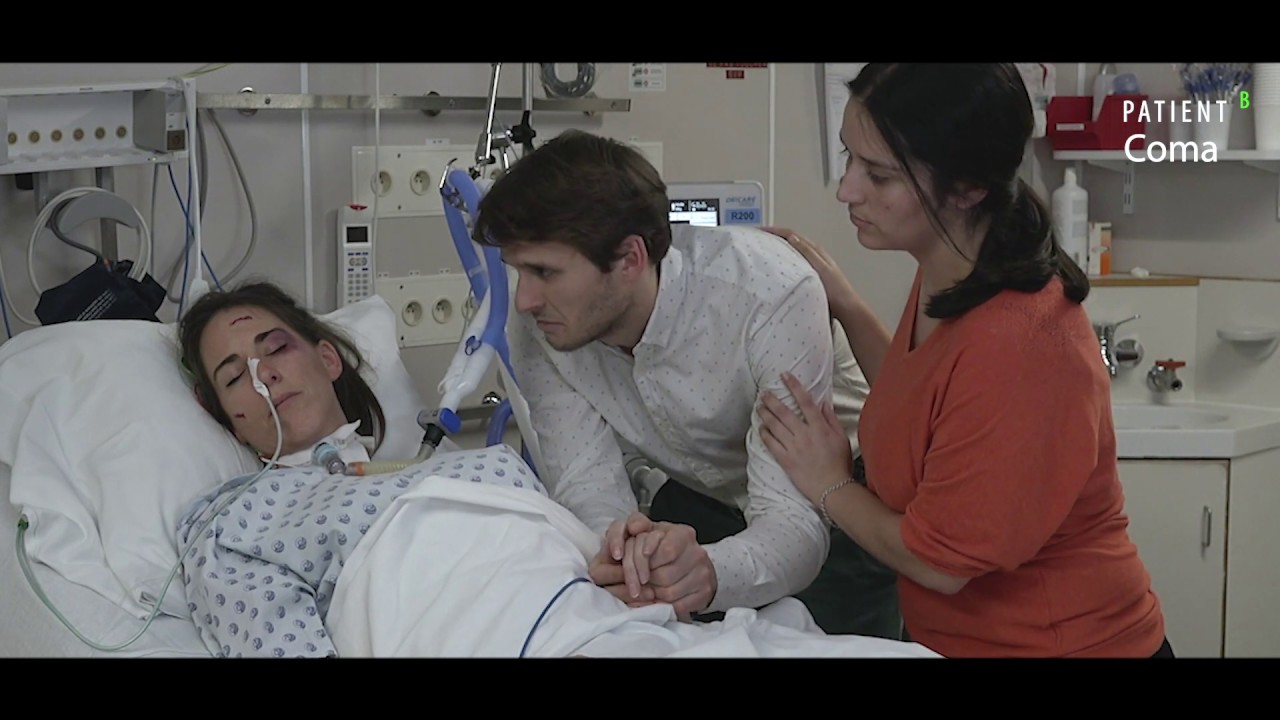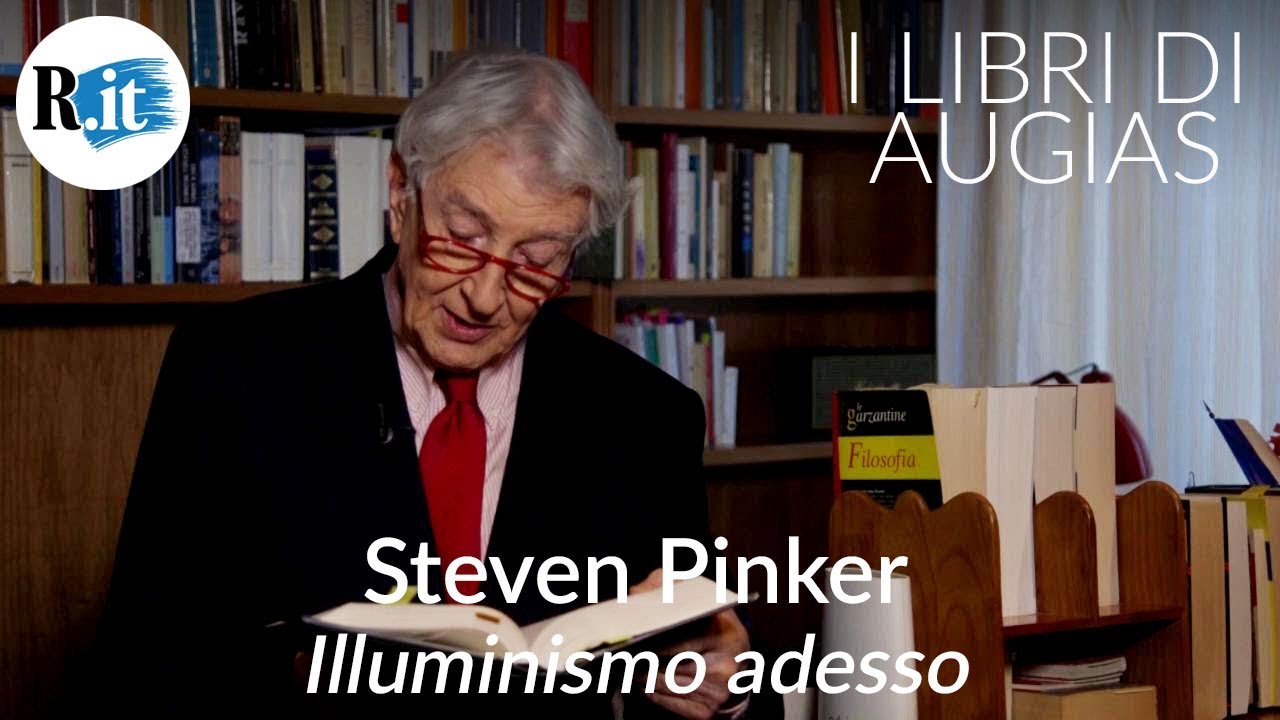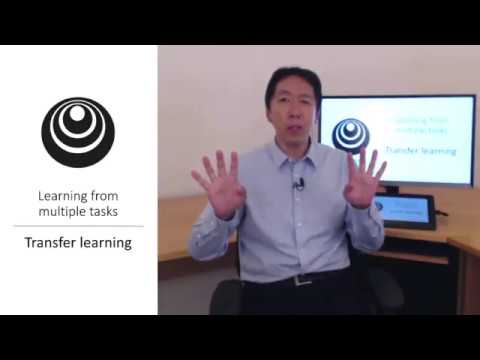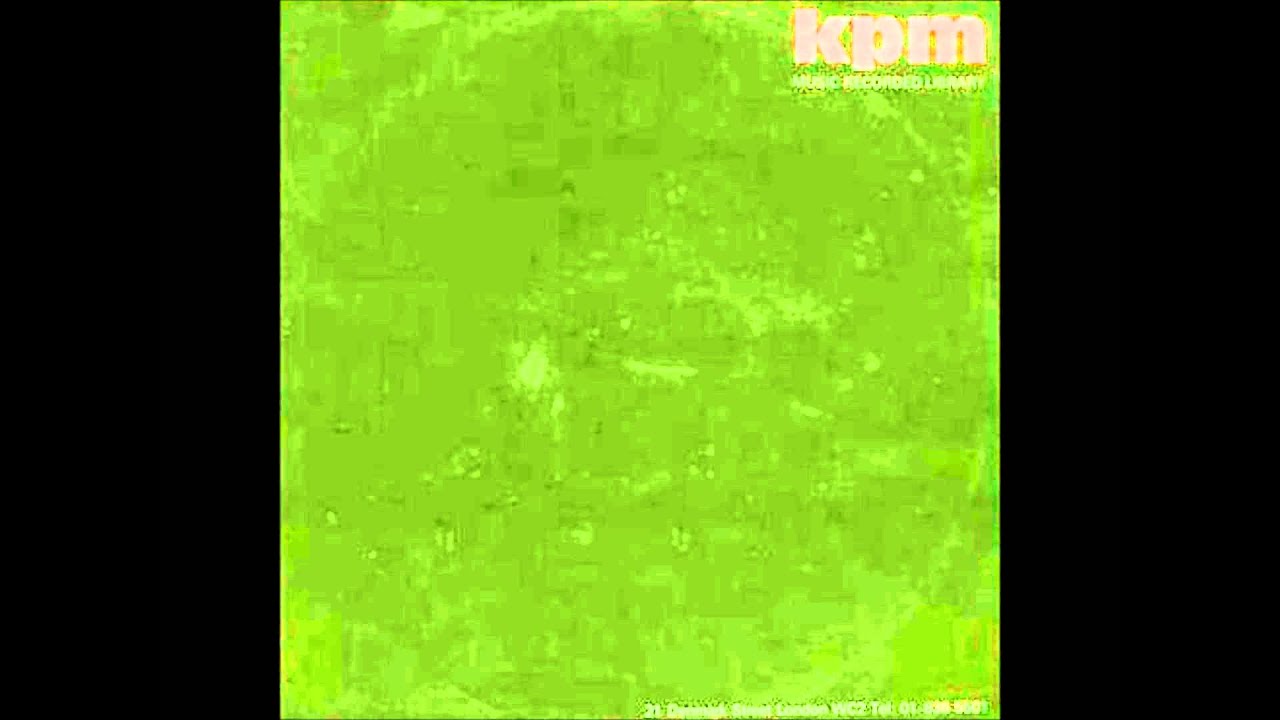Olivia Gosseries
“Measuring consciousness after severe brain injury using brain stimulation”
After severe brain injury, patients can fall into a coma (eyes closed, reflexes only), then evolve in an unresponsive wakefulness syndrome/vegetative state (eyes opened, reflexes only), and then to a minimally conscious state (purposeful behaviors) before recovering functional communication [1]. If the brain lesions are too severe, patients may remain in these states for months or years, or pass away.
Assessing consciousness at the bedside is very challenging because of patients’ motor deficits and language impairments, which can lead to a high rate of misdiagnosis [2]. Using transcranial magnetic stimulation and electroencephalography (TMS-EEG), one can probe the brain and record its electrical activity [3]. If the brain response is complex and widespread, the patient is considered (minimally) conscious. If the brain response is slow and local, the patient is considered unconscious [4]. We developed a metric to quantify the level of consciousness, called the perturbational complexity index (PCI) with a cut-off value of 0.31 (i.e., below that number, the patient is considered unconscious) [5]. In this way, we can estimate the level of consciousness of a patient by directly looking at the brain response after its stimulation, without the need of active participation or motor/language output. Moreover, we showed that some patients who are considered unconscious have a high PCI and subsequently had better recoveries than patients with a low PCI [6].
We also study near-death experiences (NDE) [7, 8]. Contact us if you have experienced one! nde@uliege.be
For more explanation of the video and for our TMS-EEG & NDE publications: https://bit.ly/2CiRMw4
Join us on Facebook: https://www.facebook.com/ComaScienceGroup/
Any questions or comments? Email me at ogosseries@uliege.be
Special thanks to Maxime for helping making the video https://amiral.be
Olivia & the Coma Science Group ☺
References
1. Gosseries, O., M. A. Bruno, C. Chatelle, A. Vanhaudenhuyse, C. Schnakers, A. Soddu and S. Laureys (2011). “Disorders of consciousness: what’s in a name?” NeuroRehabilitation 28(1): 3-14.
2. Gosseries, O., H. Di, S. Laureys and M. Boly (2014). “Measuring consciousness in severely damaged brains.” Annu Rev Neurosci 37: 457-478.
3. Gosseries, O., S. Sarasso, S. Casarotto, M. Boly, C. Schnakers, M. Napolitani, M. A. Bruno, D. Ledoux, J. F. Tshibanda, M. Massimini, S. Laureys and M. Rosanova (2015). “On the cerebral origin of EEG responses to TMS: insights from severe cortical lesions.” Brain Stimul 8(1): 142-149.
4. Rosanova, M.*, O. Gosseries*, S. Casarotto, M. Boly, A. G. Casali, M. A. Bruno, M. Mariotti, P. Boveroux, G. Tononi, S. Laureys and M. Massimini (2012). “Recovery of cortical effective connectivity and recovery of consciousness in vegetative patients.” Brain 135(Pt 4): 1308-1320.
5. Casali, A. G.*, O. Gosseries*, M. Rosanova, M. Boly, S. Sarasso, K. R. Casali, S. Casarotto, M. A. Bruno, S. Laureys, G. Tononi and M. Massimini (2013). “A theoretically based index of consciousness independent of sensory processing and behavior.” Sci Transl Med 5(198): 198ra105.
6. Casarotto, S., A. Comanducci, M. Rosanova, S. Sarasso, M. Fecchio, M. Napolitani, A. Pigorini, G. C. A, P. D. Trimarchi, M. Boly, O. Gosseries, O. Bodart, F. Curto, C. Landi, M. Mariotti, G. Devalle, S. Laureys, G. Tononi and M. Massimini (2016). “Stratification of unresponsive patients by an independently validated index of brain complexity.” Ann Neurol 80(5): 718-729.
7. Martial, C., H. Cassol, G. Antonopoulos, T. Charlier, J. Heros, A. F. Donneau, V. Charland-Verville and S. Laureys (2017). “Temporality of Features in Near-Death Experience Narratives.” Front Hum Neurosci 11: 311.
8. Martial, C., V. Charland-Verville, H. Cassol, V. Didone, M. Van Der Linden and S. Laureys (2017). “Intensity and memory characteristics of near-death experiences.” Conscious Cogn 56: 120-127.
*Contributed equally
Original music
CHAPTER 1
Sparks by Chaël https://soundcloud.com/chael_music
Creative Commons — Attribution 3.0 Unported — CC BY 3.0
http://creativecommons.org/licenses/b…
Music promoted by Audio Library https://youtu.be/XIoyEFrDRDo
CHAPTER 2
Swing by Peyruis https://soundcloud.com/peyruis
Creative Commons — Attribution 3.0 Unported — CC BY 3.0
http://creativecommons.org/licenses/b…
Music promoted by Audio Library https://youtu.be/dC7naaLECzw
CHAPTER 3
Lost Within by A Himitsu https://soundcloud.com/a-himitsu
Creative Commons — Attribution 3.0 Unported— CC BY 3.0
http://creativecommons.org/licenses/b…
Music promoted by Audio Library https://youtu.be/DHNZeIy4kjs
Only Seconds Away by Whatfunk
https://youtu.be/z9QsSbWEzpQ
CHAPTER 4
A New Beginning by BENSOUND http://www.bensound.com/royalty-free-…
Creative Commons — Attribution 3.0 Unported— CC BY 3.0
http://creativecommons.org/licenses/b…
Music promoted by Audio Library https://youtu.be/-vEb08MgMhM
Source




Excellent! Congrats for the well deserved win ?
Brilliant! A sensitive and revealing treatment of a difficult subject!
Whaw 🙂 – Congrats dream-team!! Impressive job on a very challenging & difficult subject – thanks for raising awareness for the clinical challenges when caring for coma & severe disorders of consciousness – great initiative from the journal SCIENCE – hope you guys will win in your category <3
Interesting short movie with dance scenes. This is not interpretive dance, but unrelated dance added to the story of a brain injury. Interesting idea, but yet another film that didn't follow the instructions. Rather than the dance representing the thesis, it is just sprinkled in a film of hospital clips and such where the thesis's explanation is dependent on the words presented.
Inspiring , thanks!!!
Perfect! Enjoyed the video very much, watched it three times in a row. You guys in Liège are pretty cool. 😉